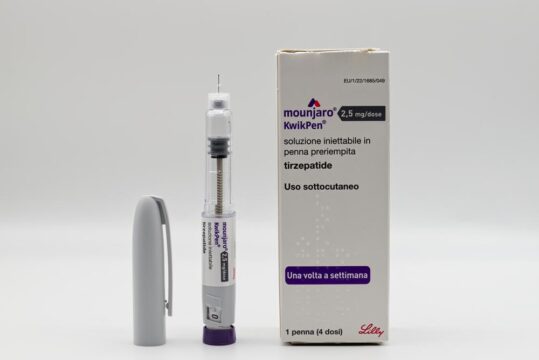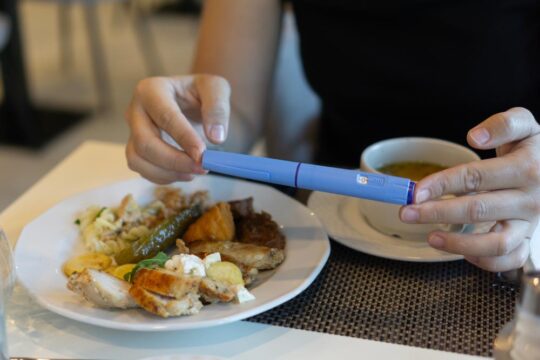Advertisment
Using artificial intelligence to hunt for breast cancer

The centre is part of the German Federal Institute for Risk Assessment (BfR). With the help of microscopy and artificial intelligence, the “E-Morph” test reliably identifies substances that can have oestrogen-like or even opposing effects, according to the research team’s report in the specialist journal “Environment International”.
“E-Morph is a milestone on the way to, one day, replacing animal experiments currently required to detect hormone-like effects,” says BfR President Prof. Dr. Dr. Andreas Hensel.
The test is based on the observation that substances with an oestrogen-like effect can loosen the connection between cells in the mammary gland. This makes it easier for breast cancer cells to detach themselves from the tissue – a crucial step in the spreading (metastasis) of tumours. In the E-Morph test, a test substance is given to cultured human breast cancer cells. The cells are then examined to detect whether the cell contacts loosen as if under the influence of oestrogen. This effect is easy to observe under the microscope and can be evaluated fully automated using artificial intelligence. The robot-assisted test including evaluation is quick and enables many substances to be tested in short time. Potential future uses of the test include testing chemicals that have already been marketed as well as those that are about to be launched. The test can also be used to develop new drugs, improve diagnostic tests to detect breast cancer, and optimise therapies.
Link to the specialist publication (ScienceDirect): https://www.sciencedirect.com/science/article/pii/S0160412021000350





